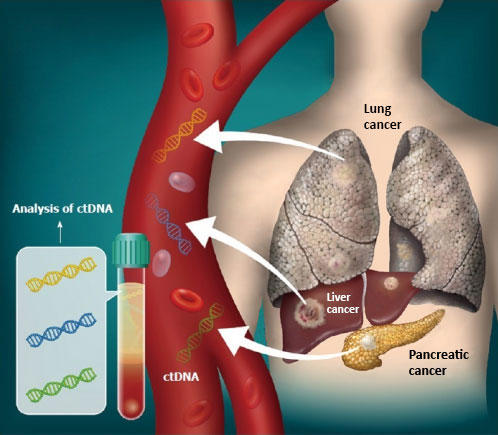Senator the Hon Murray Watt, Minister for the Environment and Water
The Hon Lucy Hood MP, South Australian Minister for Climate, Environment and Water
Inoculating pups, controlling feral cats and installing shelters are the centrepiece of a plan to increase resilience of the endangered Australian sea lion during South Australia's unprecedented algal bloom.
The Australian and South Australian governments are delivering numerous initiatives to help better protect the internationally iconic species and support conservation efforts.
The $1.4 million jointly funded program will address key threats and boost the recovery of Australian sea lions. The plan includes:
- Inoculating sea lion pups with ivermectin, which decreases their susceptibility to hookworms and significantly improves their survival.
- Controlling feral cats to reduce the impact of diseases like toxoplasmosis on sea lions.
- Installing pup shelters at seven high-risk sites, including Seal Bay, to enhance pup survival by reducing heat stress and the effects of adult male aggression.
More than 80 per cent of Australia's sea lion population lives in SA waters and this program is an important measure to ensure appropriate protections are in place for the vulnerable mammal - with the total population of the species estimated to be fewer than 12,000.
Sea lion colonies in the Spencer Gulf account for over one-third of the South Australian population.
Historically hunted for their fur, Australian sea lions have not recovered from harvesting and their numbers have dropped by more than 60 per cent over the past 40 years.
Australian sea lions only reach breeding maturity at 12 years old and breed every 18 months.
A recent survey of the sea lion population at the Pages Islands, east of Kangaroo Island, has recorded a mortality event at this location amongst seal pups of 34 per cent.
While it is not uncommon for sea lion pups to die during this vulnerable stage of life, the mortality rate is significantly higher than the average across recent breeding seasons.
The Pages colony breeding season overlapped with the peak of the algal bloom in Investigator Strait.
It is believed the higher mortality rate is most likely linked to nutritional stress in adult females.
Further testing will be conducted to determine the cause.
Some of The Pages Australian sea lion population are known to forage in shallow waters off Investigator Strait and lower Gulf St Vincent, and the remainder in deeper continental shelf waters.
There are no reports of unusual deaths at the Australian sea lion colony at Seal Bay on Kangaroo Island.
Australian sea lions are a species of conservation concern and listed as endangered under the Environment Protection and Biodiversity Conservation Act 1999.
They are protected and listed as vulnerable in South Australia under the National Parks and Wildlife Act 1972.
Quotes attributable to Federal Minister for the Environment and Water, Murray Watt
"The Albanese Government is pleased to be investing another $1.2 million to support the beloved Australian sea lion here in South Australia as part of this program.
"Sea lions are a vulnerable species, and their pups are particularly susceptible to a range of threats including feral animals, illnesses including H5 bird flu, species aggression and starvation.
"This resilience program will give sea lions the best chance of protecting population numbers, as they face increasing threats now and into the future."
Quotes attributable to SA Minister for Climate, Environment and Water, Lucy Hood
"The Australian sea lion is an iconic marine species, drawing visitors from around the world to our shores, and these measures are vital to help their recovery during this unprecedented algal bloom.
"We are determined to protect and regenerate Australian sea lion numbers and this program is supporting targeted conservation efforts.
"A more resilient sea lion population will play a critical role in the next breeding season after such an impactful event."






